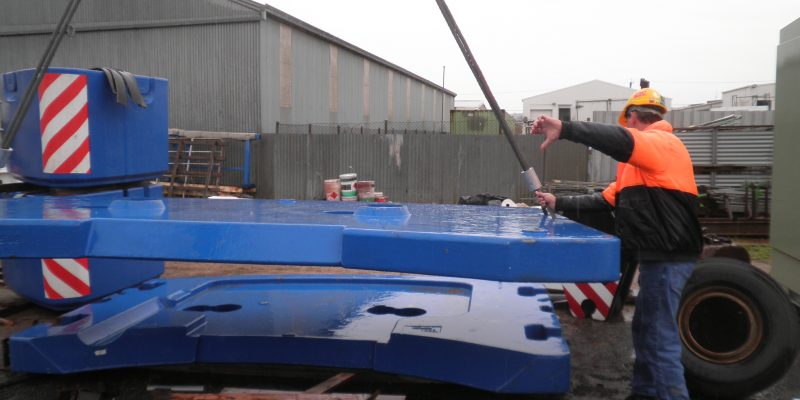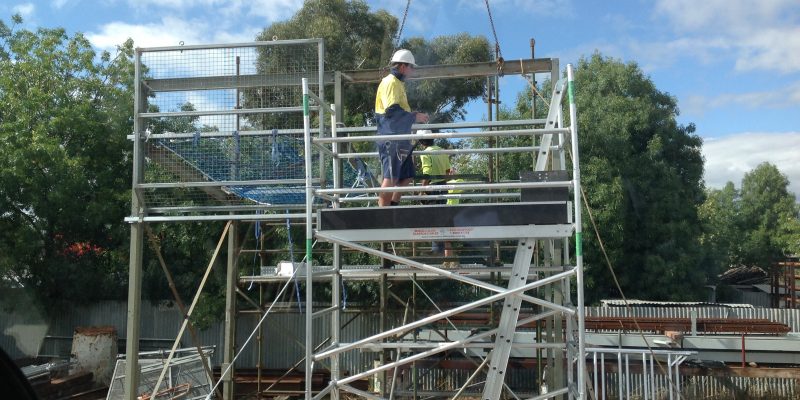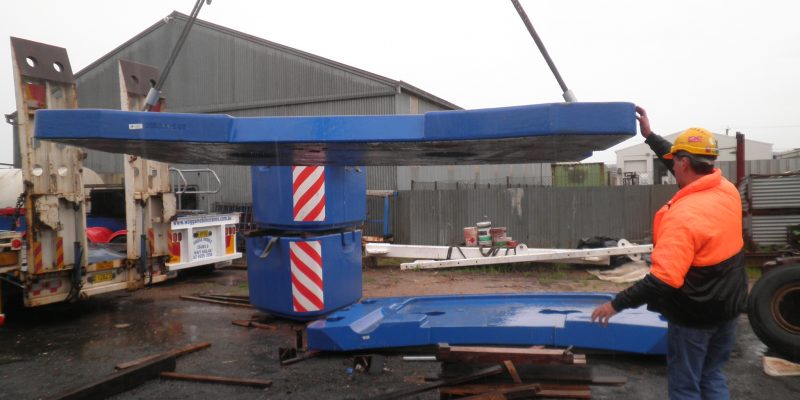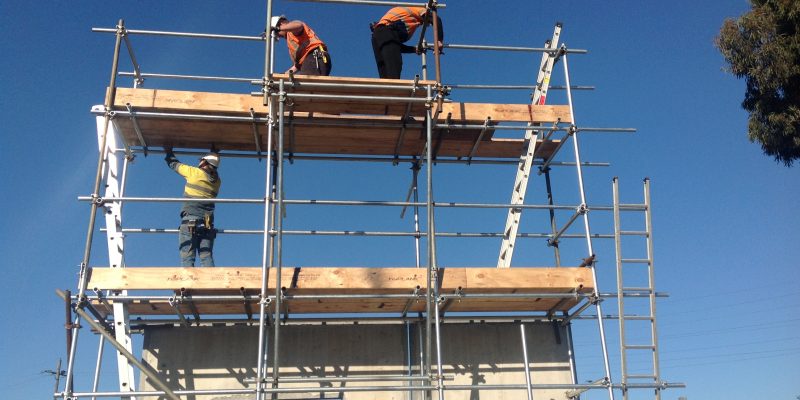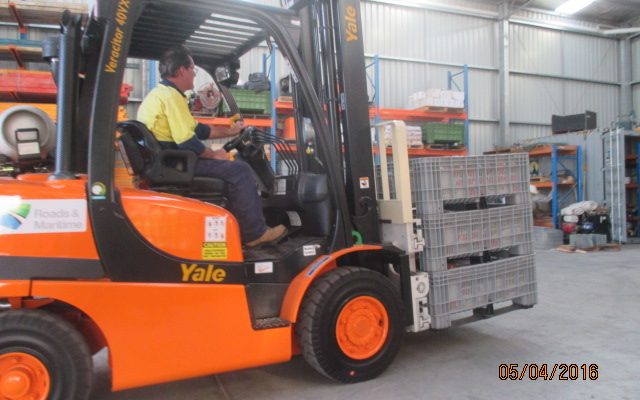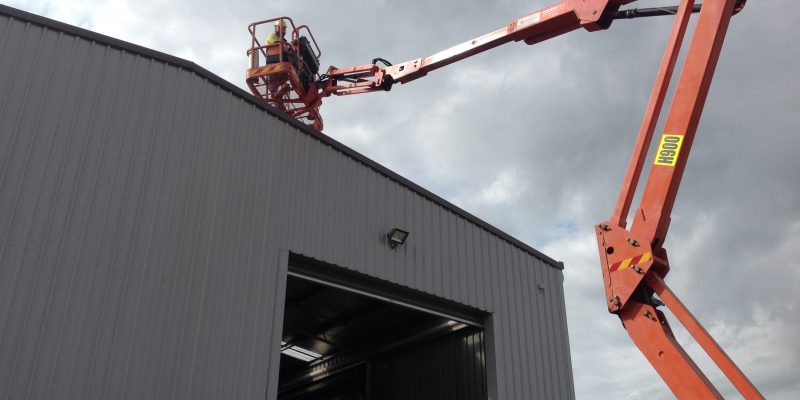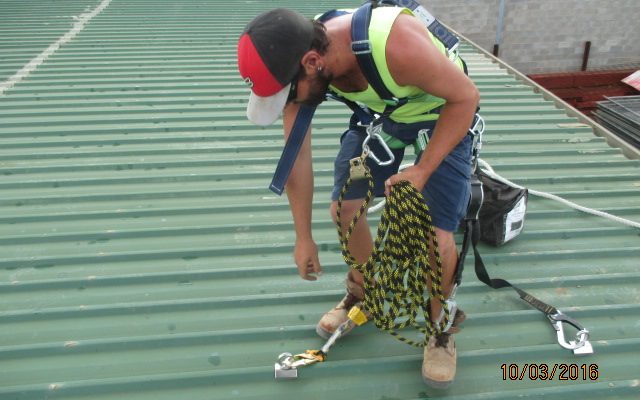Duration: 5 days of training which includes a formative assessment and 1 day of WorkSafe Assessment which includes but not restricted to:
- communication techniques in the workplace including whistles, hand signals and use of fixed channel two-way radios
- communication skills at a level sufficient to communicate with other site personnel
- calculate rated capacity of lifting equipment
- apply different methods for making temporary connections to loads using fibre and synthetic ropes
- ability to interpret rated capacity and working load limit tags
- hazard identification and control
- slinging techniques
- selection and inspection of lifting equipment
- directing crane operators in the moving of loads in a safe manner, using a slewing crane
- inspection and care of a wide range of lifting equipment to appropriate Australian Standards and/or manufacturer’s specifications.
Assessment: A full WorkCover Assessment
1 Day
A person who demonstrates competency in this unit must be able to provide evidence of the ability to:
- comply with Commonwealth, state or territory OHS legislation, standards relevant to safe dogging and crane operations.
- communicate and work safely with others in the work area.apply Hazard prevention and control measures consistent with appropriate standards.
- apply to move loads in conjunction with cranes including, the reading of tags, slinging, loading, directing and landing loads with a slewing mobile crane with a telescopic boom and a winch, in and out of sight of the crane/ operator, moving four loads of varying shapes, sizes and weights.
- use fibre and/or synthetic rope as tag lines, and connecting to loads using clove hitch, rolling hitch, bowline and single sheetbend.
- conduct pre and post operational checks of the lifting equipment.
Course Requirements
- 100 points of identification
- Pens
- Calculator
- Whistle
- Safety Helmet; boots and Hi vis clothing
About Our Course: Our course will allow you to achieve a Certificate in Dogging, which incorporates all applicable certification requirements. All classes are conducted in English and students should have a sound knowledge of the English language. You will be assessed with both a Theory Exam: Calculation and a Practical Test.
Learning Outcomes:
Standards & Regulations Safe Work Practices Crane Types Crane Uses Inspection of EquipmentWorking with Fibre & Steel Rope & ChainsPlan & Prepare WorkSlinging Techniques Load & MovementSignalsLoad Placement
What do you need to bring? 100 points of Identification – this must include one (1) form of current photo identification
Completed Pre-Course Learning Resources Please wear comfortable clothing and closed footwear When are our Courses running. Please phone John on 0408690614.

